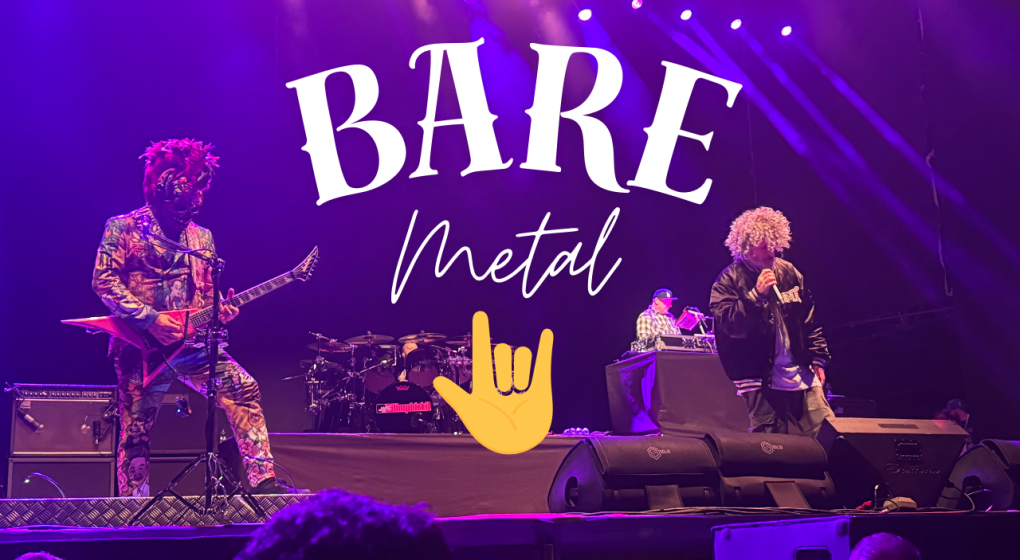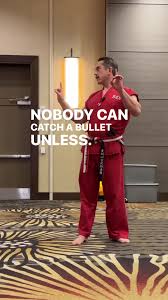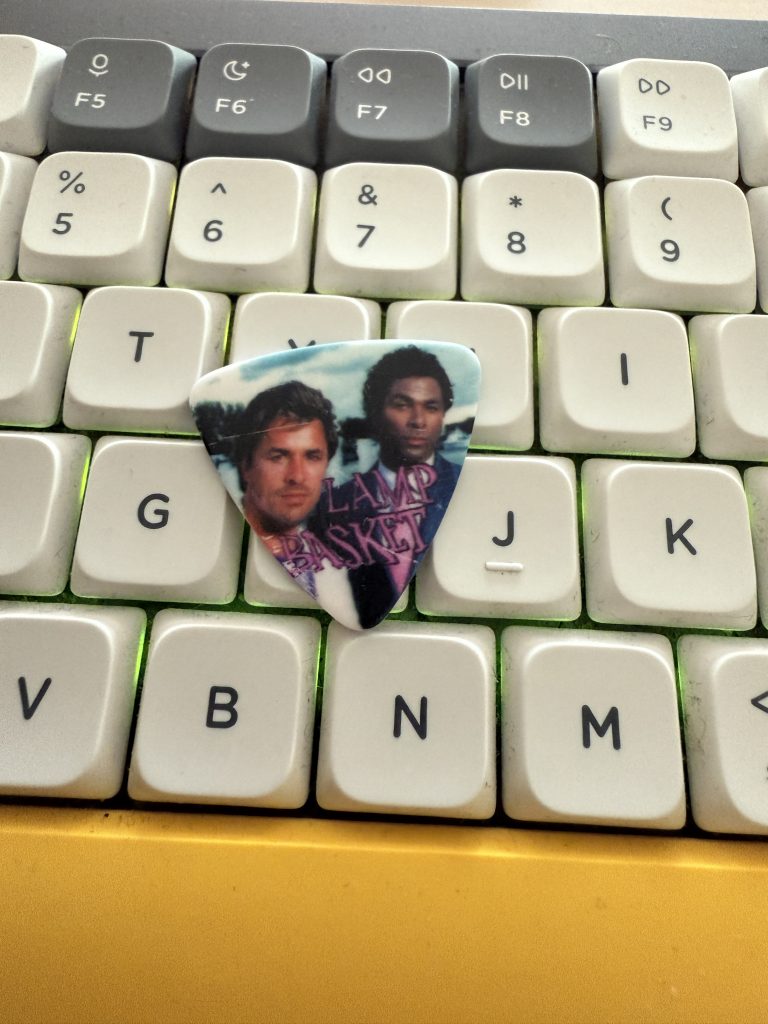Back to Engineering Vol. 3: From Cartridges to Pods

Table of Contents
TL;DR: I’ve joined the OpenShift Bare Metal team at Red Hat. It feels a bit like coming home, back to OpenShift, and forward with Golang, into the gritty, fun world of image-based OS, provisioning, and at-scale cluster plumbing.
I started on OpenShift before it was “Kubernetes-shaped”
Twelve-plus years ago, OpenShift wasn’t the Kubernetes platform you know today. It was a Ruby-powered PaaS with cartridges for your favorite runtimes and databases. I even hosted my blog there for a while (yes, the one you’re reading now has ancestors living in little gears). You’d rhc your way to a running app and feel like a wizard. It was opinionated, developer-first, and, most importantly for me, an invitation to build.
Consulting and the OpenShift 3 years
When I joined Red Hat as a Middleware/AppDev consultant, I lived at the intersection of middleware and OpenShift CI/CD. That meant OpenShift 3: Kubernetes under the hood, templates, Jenkins pipelines, quirky edge cases, and lots of real customer problems. Consulting taught me speed, empathy, and preparation (read: build the deck before you walk into a room expecting 3 people and find 40). It also cemented my love for platforms that help teams ship better software, faster.
OpenShift 4 changed the shape of the platform
Then came OpenShift 4: image-based nodes, Operators everywhere, and a platform that leaned into being a product, not just a distribution. It felt like the moment OpenShift fully embraced its Kubernetes DNA while keeping the Red Hat polish: opinionated, secure-by-default, and boring in all the right places.
My zig-zag path inside Red Hat (and why it matters now)
I’ve worn a few hats here: consultant -> training -> engineering. On the engineering side I first joined the Kafka/Strimzi team, which I wrote about in “Back to Engineering: An engineer’s gainings through time.” Later I moved to Ansible Lightspeed, which became an adventure of its own and earned a sequel article: “Back to Engineering Vol. 2: A Path to Wisdom.” Both journeys stretched different muscles: platform building, developer tooling, content, and community, while keeping me close to the problems that real teams face every day.
So… why Bare Metal now?
Because the layers I want to understand deeply are the ones just below most people’s comfort zone:
- RHEL CoreOS & image-based operations: reproducible nodes, transactional updates, and fewer snowflakes.
- Go all day: my happy place, clean, fast, readable. (I wish we had Rust in the stack too:( )
- Provisioning at scale: Assisted Installer, Metal³, and Ironic, plus ZTP workflows.
- Owning the “boring bits”: boot flows, disk layouts, updates, where reliability is earned, not assumed.
Also, and I say this with a smile, it is a good way to heal from the traumas of the destructive disabled (by Master Ken. If you know, you know; if not, just visit: Enter The Dojo.)

Sometimes the best move is to step away from particular situations or people and carve new paths through obstacles, because, as Marcus Aurelius reminded us, “the obstacle is the way.”
What I’ll focus on (and write about)
I will continue to post about my projects around Strimzi/Kafka, Gamification, Kubernetes/Openshift Operators, and a surprise project (not a software project) is coming soon about software development, career development & coaching, and AI.
Gratitude and next steps
I’m grateful for every team and customer who shaped this path: consulting for the unpredictability that made me resilient, training for the discipline of clear, organized thinking, Kafka/Strimzi for the rigor of distributed systems, and Lightspeed for reminding me that good tools make teams braver.
Now, back to OpenShift, this time closer to the metal. If that sounds like your cup of tea, stick around. I’ll be writing about the lessons learned, the footguns avoided, and the tiny victories that add up to reliable platforms, and more will come, as I mentioned above; not only about OpenShift or bare metal.
May your pods schedule cleanly, your nodes be identical, your updates transactional, and your clusters delightfully boring.
About the cover photo – Not exactly related to my move to the Bare Metal team, but this was from a recent concert of Limp Bizkit, an old (and still performing) nu-metal band, that I had a chance to attend in Istanbul. I have ben listening this band for over 20 years and I always admired how the band guitarist, Mr. Wes Borland, loves what he does and the way he does it, by thinking always differently, always out of the box, using his creativity. I caught his guitar pick in the concert and have been keeping it on my desk to have it as an inspiration anchor for my work. Hope I can be the Wes Borland of the OpenShift Bare Metal team and my own stuff.

